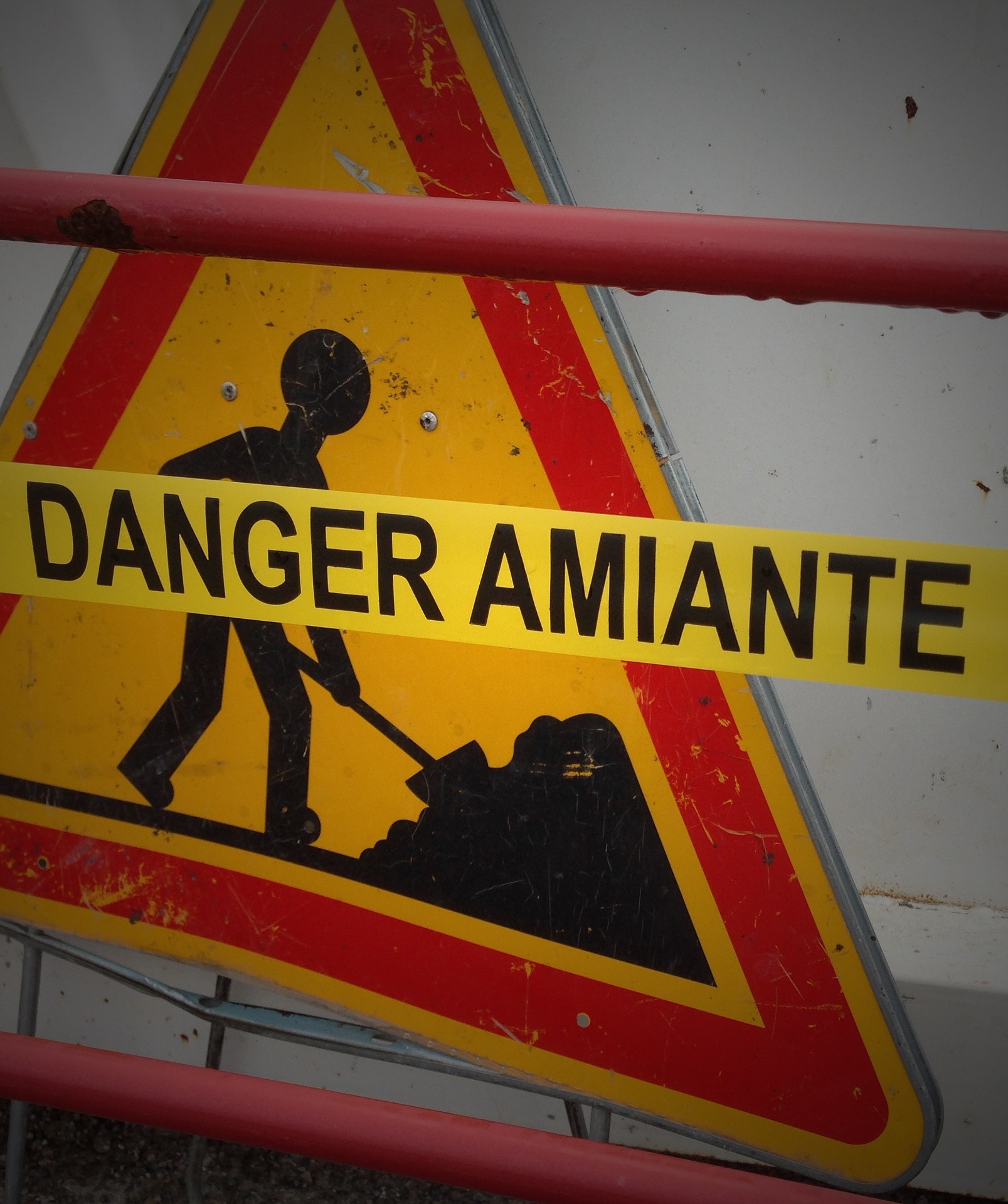How Do You Know if You May Have Asbestos in Your Home?

February 11th, 2020
Whether looking to buy or renovate an older home or commercial building, homeowners and investors are often concerned about the possible presence of asbestos. And rightly so, it can be very hazardous to the health of you and your family, and would definitely scare off potential buyers if you’re putting a property on the market.
Let’s take a look at some of our most commonly asked questions about asbestos in the home.
- What is asbestos and why don’t we want it in our home?
- Where is asbestos most commonly found in homes?
- What do I do if I suspect I have asbestos in my home?
But first, a word of caution: If you visited this blog to find answers to the question “how can I remove asbestos from my home by myself” or were searching for “DIY asbestos removal”, be advised that asbestos abatement (removal) requires specialized methods of containing the area, removing materials and ensuring no contamination. Read on to find out why you need to call in the professionals to test for and remove asbestos from your home.
What is asbestos and why don’t we want it in our home?
Asbestos is a naturally occurring mineral which used to be a popular choice for many home construction materials because its fibers were strong, flexible, and resistant to heat and fire. It has been identified as a toxic mineral and is no longer used in Canadian home construction. In fact, a 2018 law made it illegal to import, manufacture, sell, trade or use products made with asbestos in Canada..
Asbestos becomes a health hazard when its particles become airborne. You can’t see or smell loose asbestos particles in the air (even with a microscope), but exposure to the fine dust created by these loose fibers can cause serious and life-threatening lung diseases such as mesothelioma, asbestosis or lung cancer.
Where is asbestos most commonly found in homes?
Homes built before 1980 are the most likely to contain asbestos in various building materials. Some of the most common places we find asbestos in homes include:
- old floor tiles (commonly 9×9 inches, popular in kitchens and basements)
- ceiling tiles
- roof shingles and flashing
- siding
- insulation (around boilers, ducts, pipes, sheeting, fireplaces)
- pipe cement
- joint compound used on seams between pieces of sheetrock
- vermiculite attic insulation contaminated with asbestos
- artificial ashes and embers for gas-fired fireplaces
- door gaskets on furnaces, wood stoves and coal stoves
- textured paint or patching compounds used on wall or ceiling joints
- walls and floors around wood-burning stoves
What do I do if I suspect I have asbestos in my home?
First and foremost, if you suspect that a building material in your home contains asbestos, don’t touch, move, or manipulate it in any way and certainly don’t try to remove it yourself. You must call in a professional who is certified to do asbestos abatement (removal) work. This is not a job for your regular “handyman” or a local “jobber.”
Suspected asbestos fibers must be analyzed in a certified laboratory in order to determine for certain whether or not it contains asbestos. Homeowners and professionals alike are unable to identify asbestos with the naked eye and as such, it’s important to choose a trusted company to work with when making your home asbestos-free for the health of you and your family.
At Solution D’Air, we use modern techniques and tools for the effective asbestos removal and decontamination of your buildings. We care about the safety of our clients and employees, and proudly serve commercial, institutional and residential clients in Gatineau and Ottawa and would be happy to hear from you if you have concerns about asbestos in your home.









